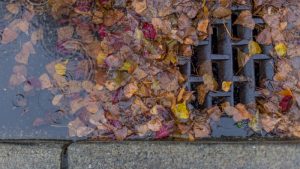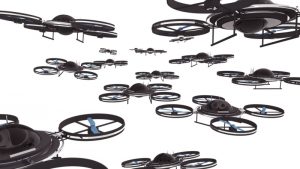Los Angeles Controller Ron Galperin is giving city residents insight into parking ticket metrics via an open data portal dubbed Street Talk: Parking Tickets in LA.
Mobile devices and geographic information system software were partly responsible for yielding a homeless person census in Aurora, Colo., that was more accurate than the previous year’s count, according to the director of the city’s homelessness program.
The Massachusetts Institute of Technology’s Senseable City Lab used Google Street View to map the tree canopies in various cities around the world in order to inform the decisions of city planners on where to plant trees.
San Francisco is encouraging civic involvement through its Adopt a Drain SF program, where residents become responsible for one of the roughly 25,000 storm drains and catch basins that the city maintains.
The Bartholomew County Sheriff’s Department in Indiana received permission to purchase a TruNarc Handheld Narcotics Analyzer. The device is able to test for 370 illicit substances without requiring police to open any packaging that may be around the suspected substance.
A year ago this month, New York City deployed a beta test of kiosks across the city. The program, dubbed LinkNYC, is powered by CIVIQ Smartscapes and gives the public access to free, fast Wi-Fi, free domestic calling, two USB charging ports, maps, and direct access to 911 and 311.
Mesa, Ariz., is partnering with Aspect Software on an automated, text-based consumer engagement solution, or chatbot.
About 1 million people are expected to flock to Houston for 10 days of Super Bowl-related activities and more than 100 million people are expected to watch the Feb. 5 game on television. Officials have been working for more than a year to perfect a surveillance-based approach, more sophisticated than in past years, that includes surveillance cameras, overhead helicopters, and Houston police.
Carnegie Mellon’s CREATE Lab revealed its new app dubbed Smell PGH, which allows users to report foul odors directly to the Allegheny County Health Department so it can better monitor and act on these incidents of bad-smelling air. The app also includes visualization of smell reports across Pittsburgh.
The Los Angeles County Sheriff’s Department will use drones in specifically defined incidents that include: search and rescue, explosive ordnance detection, hazardous materials incidents, disaster response, arson fires, hostage rescue, and barricaded and armed suspects.













